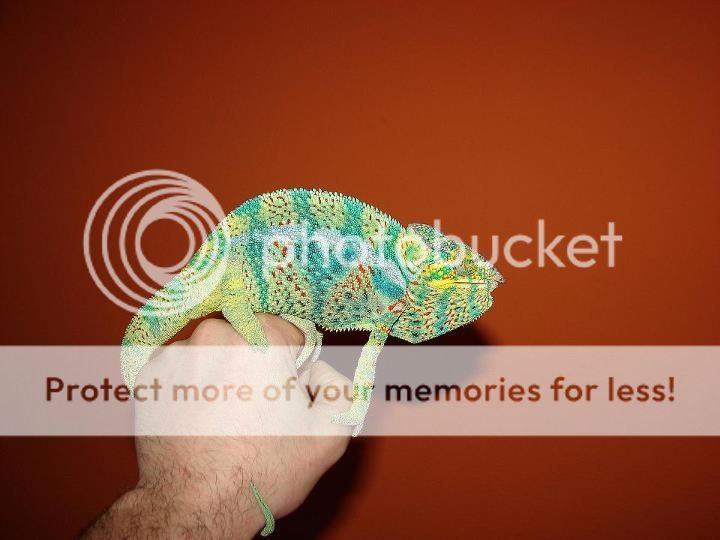ataraxia
Avid Member
So are unicorns and rainless Falys that not a single person who's been to that island, 1/10 the size of Nosy Be, has ever reported seeing. Lots of people have reported seeing Bigfoot but no one's seen a spitting image Nosy Be on Nosy Faly. Think about that. Lol
Nosy faly: Approx 120 square miles/76800 acres. Thats a lot of ground, bushes and trees to cover on vacation
Last edited:






